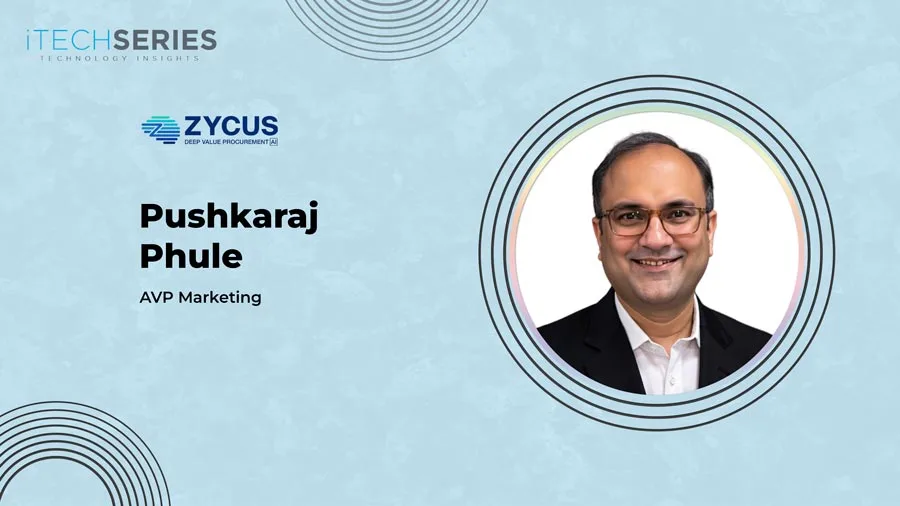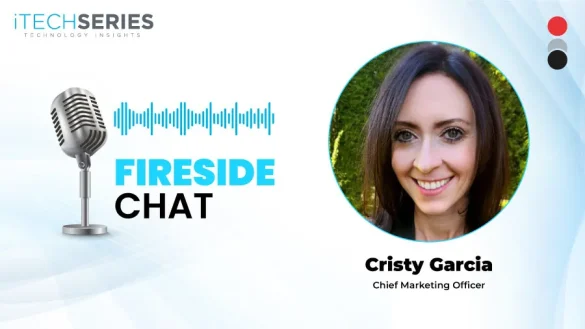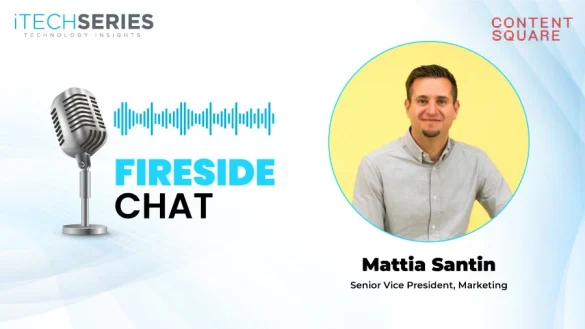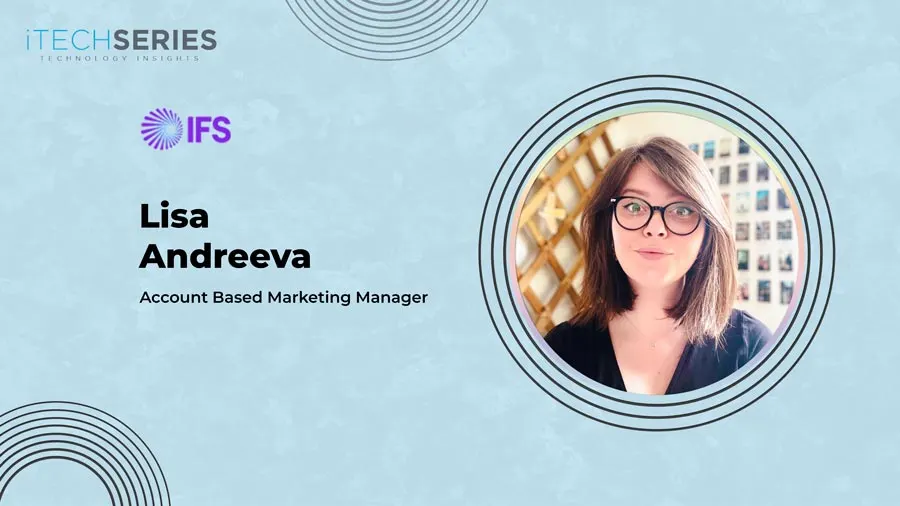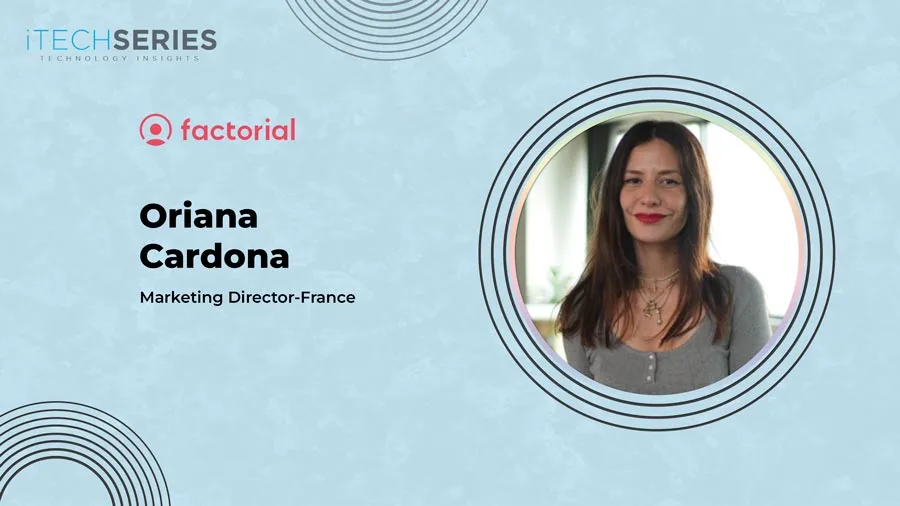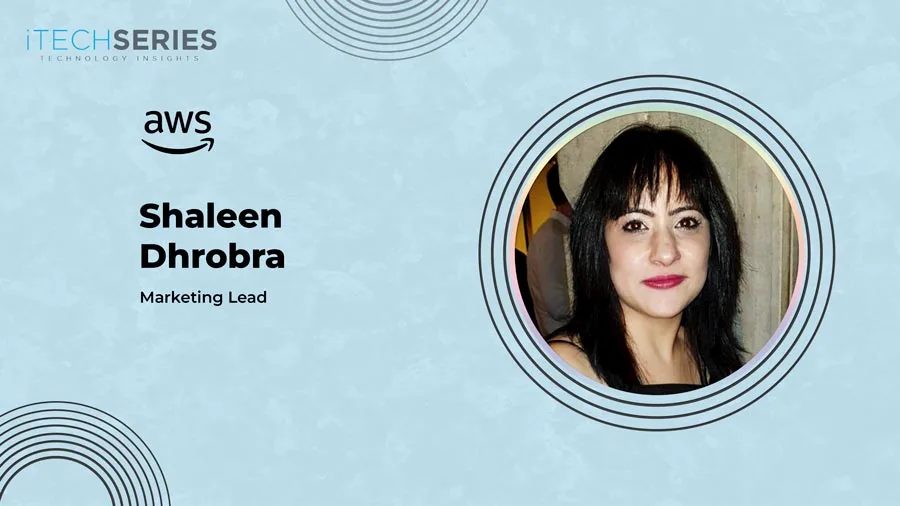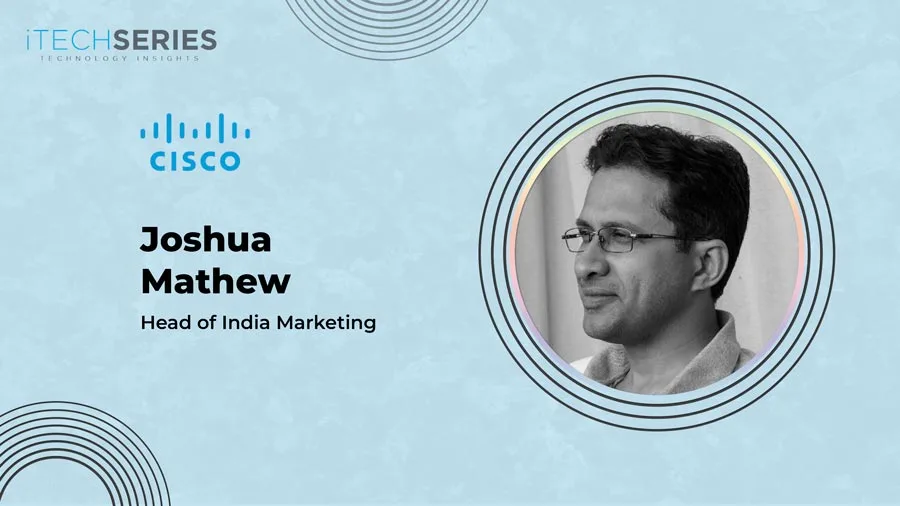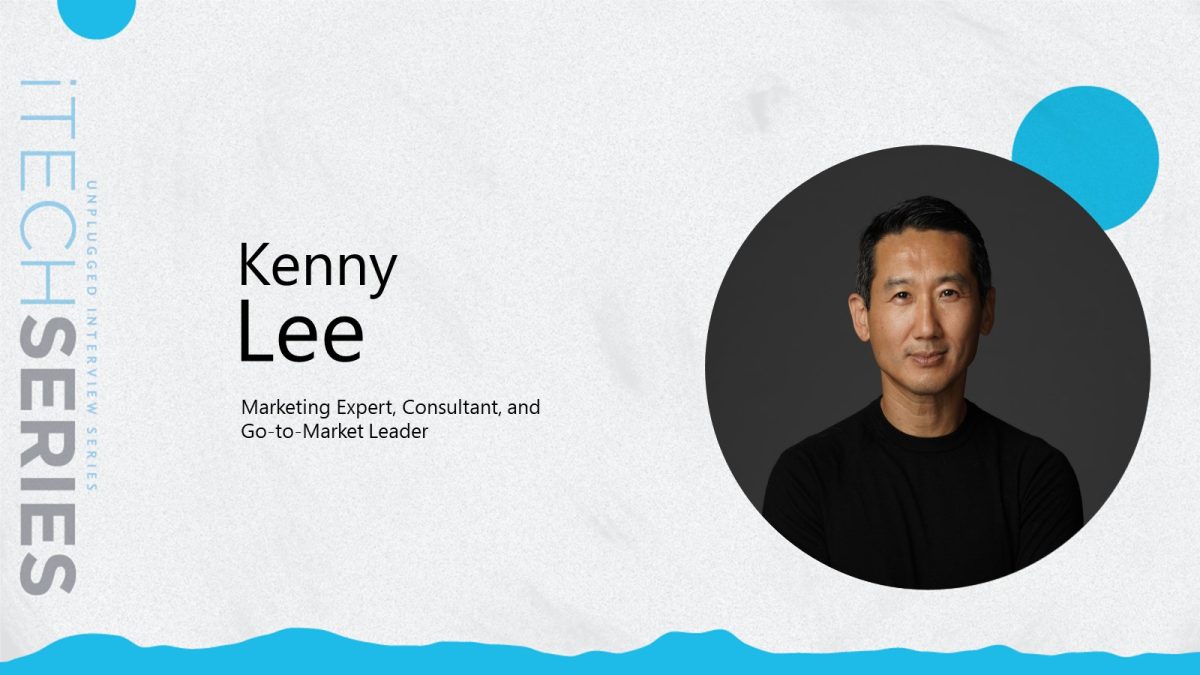Pushkaraj Phule, AVP of Marketing at Zycus, shares his journey from technical support to blending creativity, strategy, and technology in marketing. He discusses scaling demand generation and ABM programs for global SaaS organizations, leveraging agentic AI and intent-driven marketing to link initiatives to revenue, and fostering alignment between marketing and sales to drive measurable pipeline acceleration.
Pushkaraj, it’s a pleasure to have you on this interview series. Could you tell us more about yourself and your marketing journey?
I’ve always been fascinated by how storytelling, data, and technology can come together to shape business outcomes. My journey started as a technical support executive, where I learned firsthand how products solve real customer challenges. From there, I moved into pre-sales, which gave me a deeper appreciation for buyer psychology, value articulation, and the nuances of commercial conversations. Eventually, I found my calling in marketing—a space where I could blend those learnings with creativity, strategy, and technology to influence outcomes at scale.
Over the years, I’ve had the opportunity to lead marketing for global SaaS organizations, scaling demand generation programs, building account-based marketing engines, and driving go-to-market strategies across diverse regions. Today, my focus is on leveraging Agentic AI, automation, and intent-driven marketing to create experiences that not only engage but also convert—connecting every initiative back to tangible business results.
How do you ensure marketing initiatives are directly tied to revenue outcomes rather than just lead generation?
For me, marketing has to go beyond lead generation—it must be tied directly to revenue. That shift in mindset, from counting MQLs to driving pipeline, has been transformational. Every campaign we run is built around specific goals, with clear attribution to opportunity creation and conversion. We rely heavily on building trust and relationships with prospects, ensuring every touchpoint adds value and moves the conversation forward. That way, marketing isn’t just about filling the top of the funnel; it’s about accelerating deals and influencing real outcomes.
What major challenges do you face when implementing integrated marketing strategies across diverse regions?
One of the trickiest yet most rewarding parts of my role has been managing integrated marketing across different regions. The challenge is always to balance local relevance with global consistency. What resonates in Singapore might not connect the same way in Riyadh or the Philippines. So, we operate with a global framework—our core narrative, messaging, and visual identity—but empower local teams to adapt it to their audience and culture. Data alignment across markets is another ongoing effort, but when you get it right, the insights are incredibly powerful.
How do you foster alignment between marketing, SDR teams, and sales to ensure pipeline acceleration?
Alignment with sales and SDRs is another cornerstone of how I approach marketing. I’ve learned that alignment isn’t something you can enforce with meetings or dashboards—it’s something you build through shared goals and genuine collaboration. We create integrated campaign pods that bring marketing, SDR, and sales together under one theme, like a specific industry or buying center. Everyone contributes—sales provide field insights, SDRs share real-time customer conversations, and marketing turns those into stories and assets that resonate. When that happens, pipeline acceleration becomes a natural outcome.
“We rely heavily on building trust and relationships, ensuring every touchpoint adds value. That way, marketing isn’t just about filling the top of the funnel; it’s about accelerating deals and influencing real outcomes.”
How do you integrate marketing automation while ensuring outreach feels personal and authentic at scale?
Automation and AI have changed how we work—but they’ve also reminded us of what must not change. I see automation as a way to scale personalization, not replace it. We use AI-driven segmentation and behavioral triggers to make our outreach contextual and relevant so that even automated messages feel timely and human. The goal is always to free up people to focus on conversations that matter, not repetitive tasks. By combining data insights with human creativity, we continuously refine our messaging and ensure every interaction reflects genuine understanding and empathy toward the customer’s journey.
Can you talk about a marketing campaign that was difficult to execute but yielded exceptional results?
A great example of that philosophy in action was our Procurement AI World Tour—a multi-city executive event series across ANZ, SEA, and the Middle East. Coordinating multiple time zones, languages, and partner ecosystems wasn’t easy, but the results were exceptional. We saw high executive engagement, a strong uplift in pipeline influence, and significant brand recall in key markets. What made it work was treating it not as a one-off event but as part of a continuous engagement journey—with digital amplification and ABM nurturing before and after each city stop.
What benefits or challenges has AI brought to marketing planning and execution?
AI, in general, has brought both immense benefits and new challenges to marketing. It’s helping us move from being reactive to predictive—identifying in-market accounts, optimizing content, and automating workflows. But the challenge is maintaining balance. If you over-automate, you risk losing authenticity. I see AI as an enabler, not a replacement—it gives us intelligence and efficiency, while creativity, context, and empathy still come from people. The key lies in using AI to enhance strategic decision-making, uncover deeper insights, and enable faster experimentation, all while ensuring the human touch continues to guide storytelling and brand connection.
What guidance would you give aspiring marketers on building and leading high-performing teams?
If I had to give one piece of advice to aspiring marketers, it would be this: stay curious, stay collaborative, and stay clear. Curiosity keeps you evolving in a field that changes by the month. Collaboration ensures marketing never operates in isolation—our best ideas often come from cross-functional teamwork. And clarity helps teams focus on what truly matters—impact, not activity.
Finally, hire and lead for mindset, not just skill set. The most high-performing teams I’ve led are made up of people who think commercially, take ownership, and aren’t afraid to experiment. Marketing is at its best when it’s bold, data-driven, and human all at once.
About Pushkaraj Phule
With nearly two decades in B2B SaaS marketing, Pushkaraj Phule has built and scaled marketing engines that drive revenue growth, global expansion, and sales alignment. His journey spans demand generation, ABM, inbound marketing, and full-funnel strategies, turning marketing into a predictable growth lever. Passionate about data-driven strategy, creativity, and execution, he focuses on pipeline acceleration, international expansion, and aligning marketing with sales to deliver measurable business impact.

